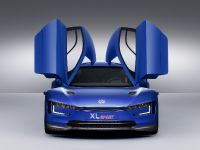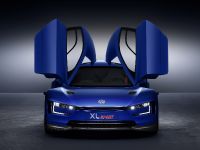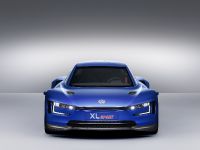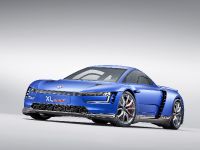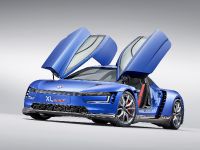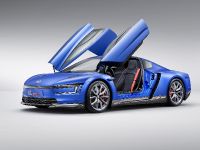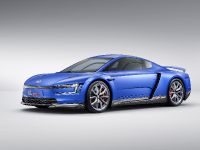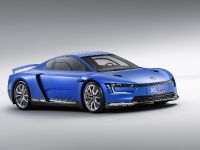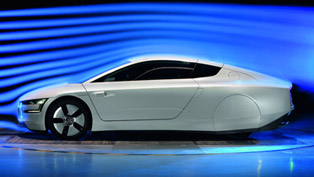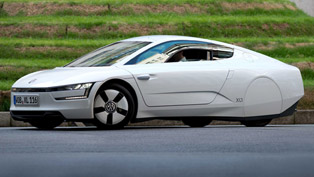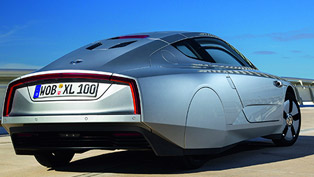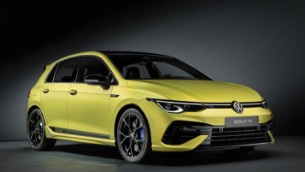Volkswagen XL Sport is Powered by Ducati Superleggera V-Twin Engine
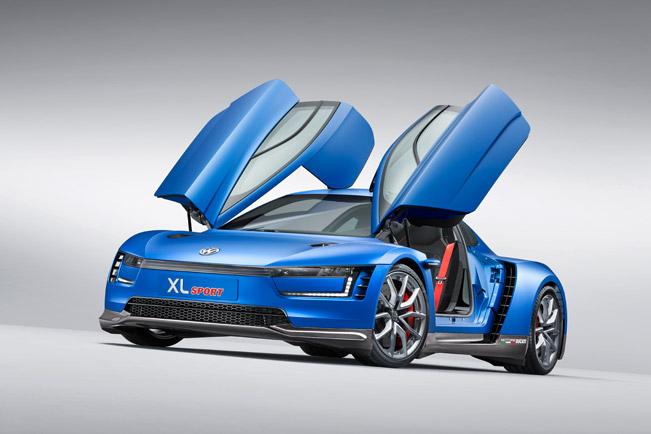 Volkswagen XL Sport Concept is being shown for the first time at the Paris Auto Show today. This vehicle is a lightweight sports car, based on the XL1. Just like it, the XL Sport will be built in only 250 examples. This concept achieves its best ratio between weight of 1962 pounds, power – 197 hp (147 kW) and aerodynamics - CdA of 0.44 square meters. This combination allows the car to achieve an impressive top speed of 168 mph.
Volkswagen XL Sport Concept is being shown for the first time at the Paris Auto Show today. This vehicle is a lightweight sports car, based on the XL1. Just like it, the XL Sport will be built in only 250 examples. This concept achieves its best ratio between weight of 1962 pounds, power – 197 hp (147 kW) and aerodynamics - CdA of 0.44 square meters. This combination allows the car to achieve an impressive top speed of 168 mph.
The vehicle is powered by world's most powerful two-cylinder engine - the Ducati 1199 Superleggera's V-Twin unit, which has been modified for use in the XL Sport. It is coupled with a seven-speed DSG dual-clutch automatic transmission. From a standstill the XL Sport needs only 5.7 seconds to reach 100 km/h (62 mph).
Furthermore, here the chassis has been also significantly redesigned chassis. It incorporates high-strength steel subframes which house upper and lower control arms at the front with pullrod actuation for the dampers. At the back, the control arms at the back have pushrod. The car runs on forged magnesium-alloy wheels fitted with 205/40 R18 front and 265/35 R18 rear high-performance tires. XL Sport has a powerful ceramic brake disc setup.
XL Sport shares the same basic design as the XL1. Its central monocoque and most of the body panels are manufactured in carbonfiber-reinforced polymer (CFRP) using the RTM (Resin Transfer Molding) process. The monocoque includes slightly offset seats for the driver and passenger. XL Sport that is currently on a display in Paris is 168.9 inches long, 72.7 in wide and 45.4 in mm high. The wheelbase measures 95.4 in.
The new concept model has some distinctive exterior traits such as the dual LED headlights and the XL1's signature LED daytime running lights, air intakes on either side of the headlights and vents in the rear fenders. In addition, there are no conventional door mirrors. Instead, they are replaced by e-Mirrors. These are small streamlined cameras integrated in the fenders that send images of the surroundings behind the car to two displays inside.
At the rear, we see wide "shoulders" above the wheels and an extendable rear spoiler. There also is a coupe-shaped roofline without a rear windshield. The iconic red LED ribbon follows the shape of the rear section and is framed at the sides by another, vertical, LED element. And at last, there is a black diffuser that merges into the completely enclosed underbody and is finished at each side with a chrome exhaust tip.
Inside, the interior of the XL Sport is based on the XL1's. There are some changes made, such as the digital instrument cluster which includes a lap timer and oil pressure display. There is also a carbon fiber cowl that extends across the top of the instrument cluster. The steering wheel has decorative red stitching and has been equipped with aluminum-alloy shift paddles. The red color also appears through the seat belts to harmonize the design inside.
Source: Volkswagen
